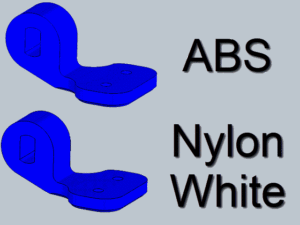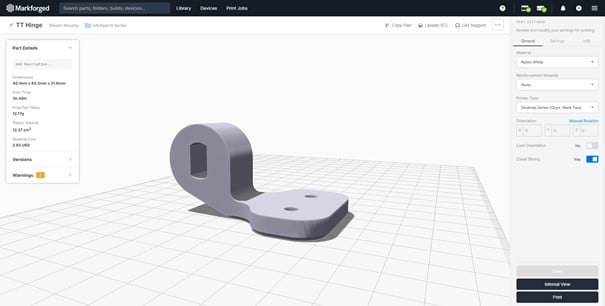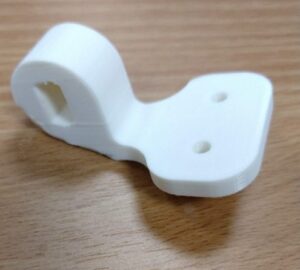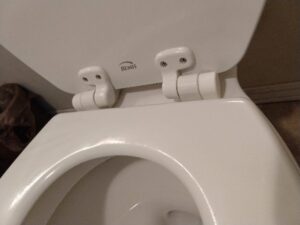Written by Steven Murphy – SolidXperience Applications Engineer
We are always striving to find new ways to leverage the flexibility of additive manufacturing, so when a toilet seat hinge decided it had been slammed for the last time there was only one thing to do!
After modeling up the bracket in SOLIDWORKS, I couldn’t stop thinking if there was a good way to know if a 3D printed component was going to be strong enough? Conventionally, 3D printed components have a bad reputation for being brittle. So with nothing to lose, I dove into SOLIDWORKS Simulation: The Results?
The first thing I looked at was comparing a conventional 3D printing material such as ABS to the Markforged Nylon White material, and the results are pretty straightforward (let’s just say if I don’t want to be remaking this part again in the near future – I used the Nylon White!)
I also approximately simulated using the Markforged continuous fiber material with the chopped carbon fiber thermoplastic Onyx– but it was frankly overengineered. Once I realized that I was designing the bracket for a professional weightlifter to “clean and jerk” lift with the seat at 8,000N of force, I decided it was time to move on to printing the original Nylon White design!
Drop the STL model into the MARKFORGED Cloud EIGER software, and it is ready to be printed! And even though I simplified the simulation process with assumptions, the worst-case scenario is I have to reprint the part for a couple of hours!
And just like that, I replaced a household component in no time. Take a look at the end result:
Additive manufacturing is reshaping the way that conventional device repair works- by decreasing the time waiting for parts, you can get back to the truly important tasks in life. And that applies to machines and fixtures just as much as it applies to a toilet.
For more information on our Simulation software solutions or our wide range of 3D printers and materials, contact an Xpert today!


















